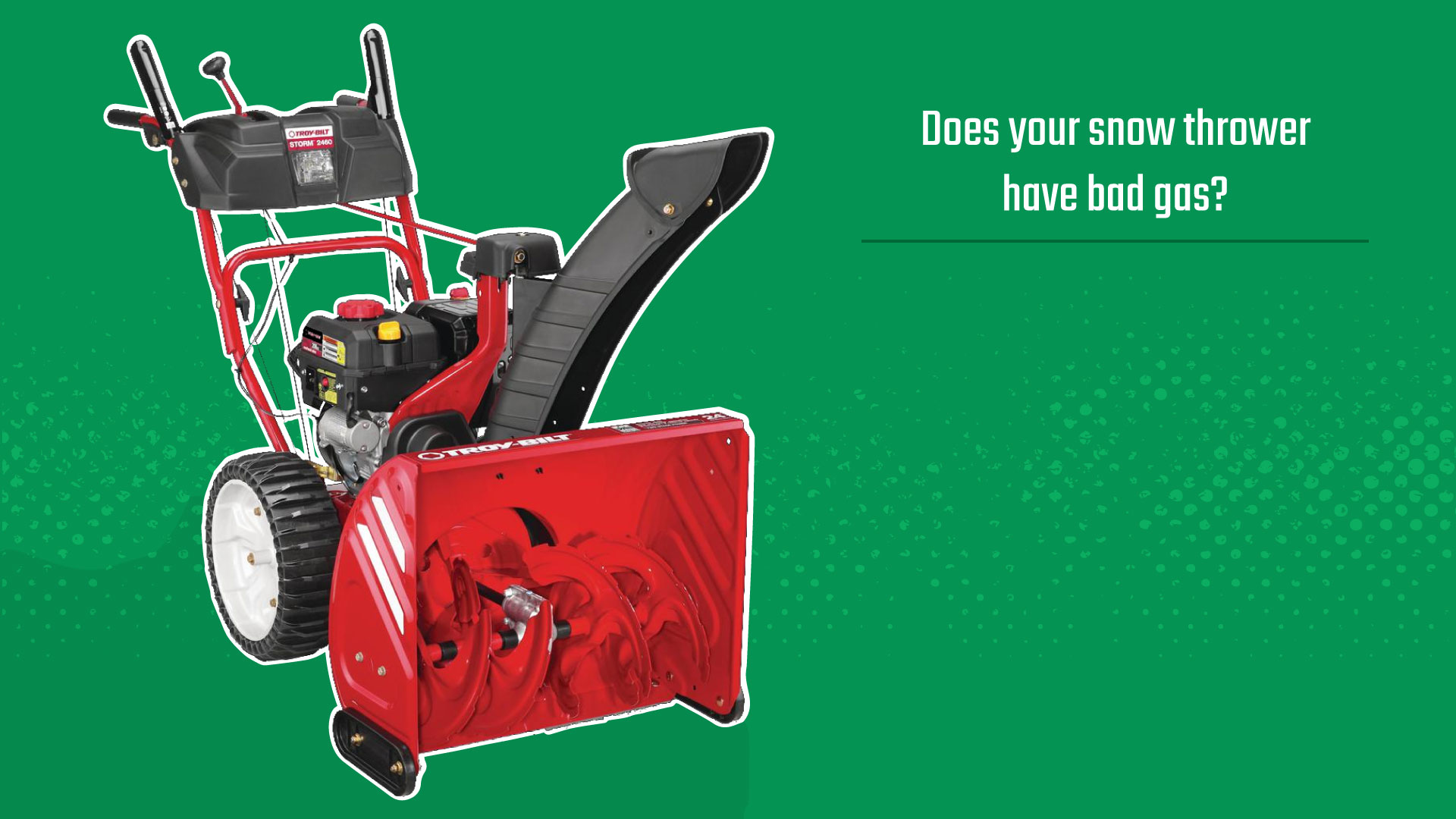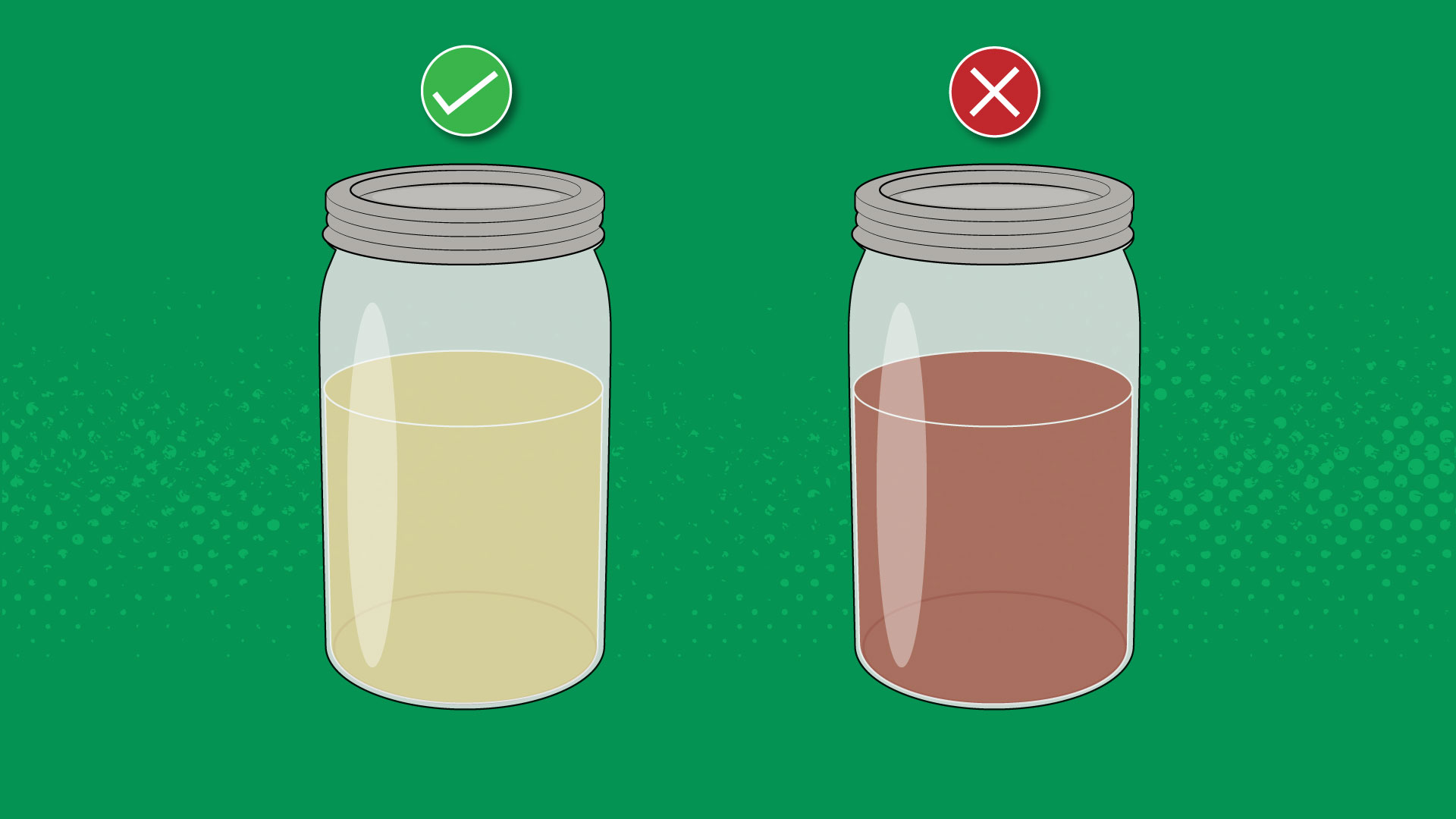Bad Fuel Symptoms - Snow Blowers
Worst case scenario. The snow is falling rapidly and will soon cover your drive and walkway. You make your way to the garage...but your snow blower won't start!
Did you know that bad gas is one of the most frequent causes of small engines not starting? Read on to learn about how to diagnose and treat engines affected with bad gas.

How long can gas be stored before it goes bad?
Whether in a gas can or in your snow blower, gas can go stale and lose its volatility in as little as 30 days. Using Sta-Bil Storage Fuel Stabilizer can increase storage time up to 24 months. Of course, many factors contribute to how long gas can be stored, including storage location, temperature, condition of the fuel container, and more.
What are the symptoms of bad gas?
If your snow blower is difficult to start, idles roughly, stalls out, or makes a “pinging” sound, you may have a case of “bad gas”. And no, we’re not talking about the after-effects of dinner at your favorite Mexican restaurant.
How can I tell if the gas has gone bad?
The easiest way to diagnose gas is to smell the fuel in question. Oxidized gas has a sour smell and is much stronger smelling than fresh gas. The other method is to drain a sample from your machine’s fuel tank or your gas can into a clear glass container. If the gas is dark in color, it has more than likely gone bad. See the image below for a comparison between the color of fresh gas (Left) to gas that has oxidized (Right) and should not be used in your equipment.

What should I do if my snow blower has bad fuel?
The best solution is to drain the gas from your equipment and replace with fresh gas. Remember to properly dispose of the old fuel.
How can bad gas effect my snow thrower?
If fuel was stored in the unit for an extended period, areas such as fuel lines and the metering needle may have become gummed up from the old fuel mixture. As gas ages, hydrocarbons in the fuel mixture evaporate and the remaining fuel becomes tacky or varnish-like. This can cause deposits and blockages in your equipment’s fuel system. In severe cases, professional cleaning of the carburetor and a possible carburetor rebuild are the only cures for this situation.
To verify this condition, remove the spark plug(s). If you can't smell fuel in the combustion cylinder or see or smell fuel on the bottom of the spark plug, the fuel passageways are likely obstructed. If the carburetor is clogged, the use of spray carburetor cleaner and pressurized air may clear the obstruction. If this fails, then you should contact an experienced engine service center to have the system professionally and thoroughly cleaned.
Get the Parts and Tools You Need to Maintain Your Equipment Here at MTD Parts!
• Filters
• Spark plug wrench or socket tool (common sizes are 5/8", 3/4" and 13/16")